The week at a glance
- Forster's Tern briefly in Wexford
- Buff-bellied Pipits and Pallas's Warbler still in Berkshire
- American Coot still in Galway
- Probable Pacific Diver seen again in Mount's Bay
In a very cold week nationwide, the majority of Britain (and parts of Ireland) finally experienced a true taste of winter for the first time this season as widespread snowfall caused disruption in many areas. Birders, though, are a hardy bunch and, despite the conditions, it actually proved a reasonably busy week on our bird news services. Cold-weather movements saw Fieldfares arrive on the east coast and a smattering of normally coast-dwelling waders, ducks, divers and grebes appearing inland.
Though new arrivals were at a premium, one quality find was a first-winter Forster's Tern at Lady's Island Lake (Wexford) on 20th, later seen at nearby Carne harbour. It's really quite surprising how rare this species has become, with one or two long-staying Irish adults masking their scarcity — there hasn't been a British record for a decade now! Just for good measure, the adult was still in Galway Bay on 17th, while a summer-plumaged adult Common Tern bizarrely took up residence on the Hayle Estuary (Cornwall) from 19th.
Further highlights still in residence included the two Buff-bellied Pipits in Berkshire (spending most of their time at Queen Mother Reservoir since the snow carpeted much of Britain), the American Coot still in Galway, and a report of what was presumably the adult Pacific Diver again off Penzance (Cornwall) on 19th, albeit at great distance. Just as the snow began to fall, a convincing description of a Siberian Thrush was received from Tolworth (London) during the morning of 17th but not again — a scenario similar in many ways to December 2010's Dusky Thrush in Manchester, albeit without the conclusive images. Meanwhile, last week's Black Scoter off Gwynedd was re-identified as an aberrant Common Scoter.
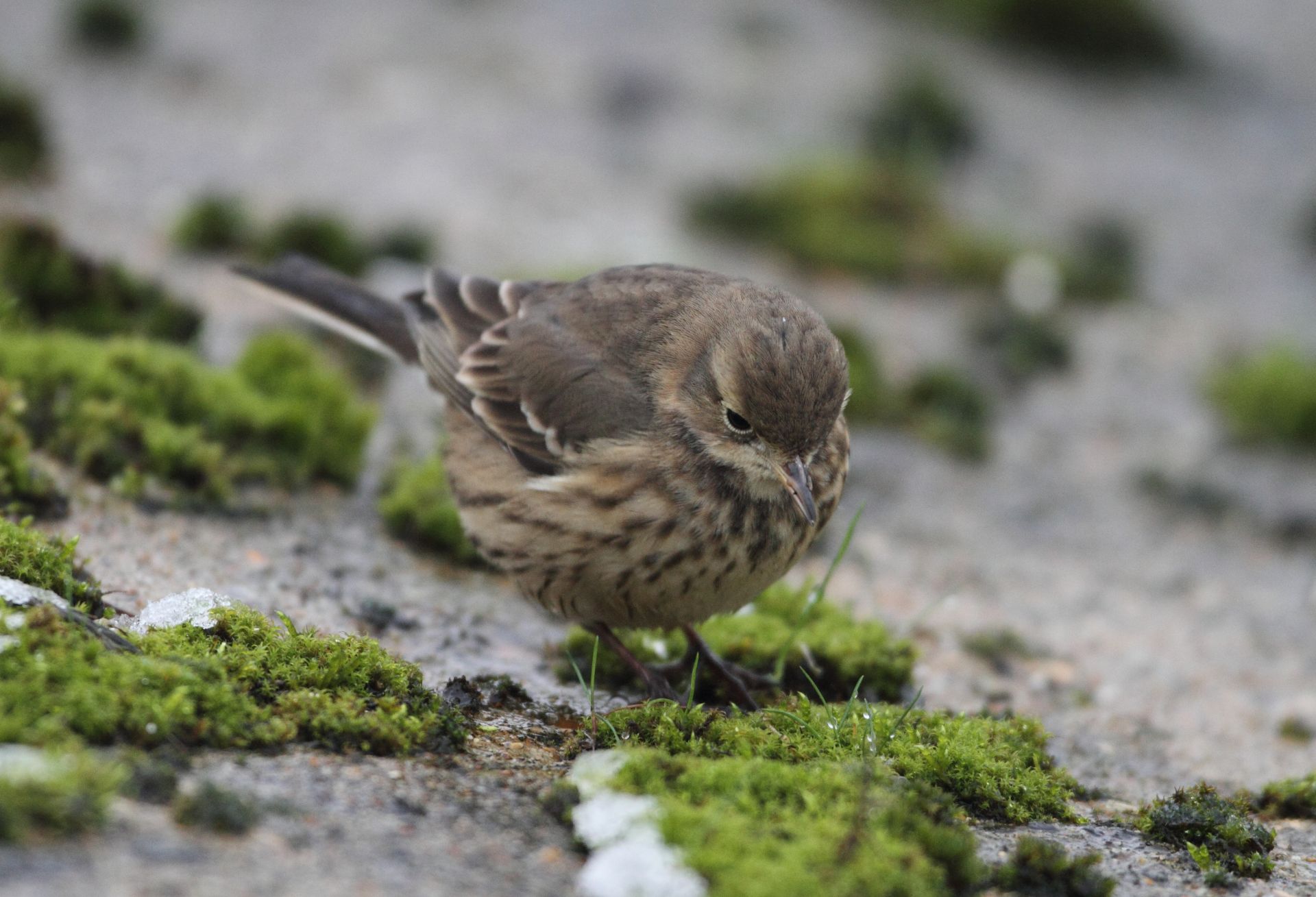
Buff-bellied Pipit, Queen Mother Resr (Permit Only), Berkshire (Photo: Craig Storton)
The blue-morph Snow Goose was again seen in Lancashire this week, at Pilling Lane Ends on 19th–20th, while another was still at Straad, Bute (Clyde Is.) on 23rd and the white morph was again seen at Sheskinmore Lough (Donegal). The Red-breasted Goose was still on Islay on 17th, the Todd's Canada Goose was at Caerlaverock (Dumf & Gall) on 19th and another Canada (either Todd's or Lesser Canada Goose) was still on the Cashen Estuary (Kerry). Five Black Brants comprised birds in Hampshire, Kent, Essex, Suffolk and the juvenile still in the Cley (Norfolk) area.
A drake American Wigeon was reported at Marshside (Lancs) on 19th although there has been a hybrid seen in the area in recent years. Further drakes remained at Tullaghan (Leitrim) and Udale Bay (Highland), while the drake Blue-winged Teal reappeared at Threave (Dumf & Gall) on 22nd–23rd. Of the nine drake Green-winged Teal noted, two were new individuals — one briefly at North Duffield Carrs (N Yorks) on 17th and another near Bude (Cornwall) from 20th — while another was again at Loch of Strathbeg (Aberdeenshire) on 21st.

Green-winged Teal, Polemere, Shropshire (Photo: Jim Almond)
Drake Lesser Scaup remained at Colliford Lake (Cornwall), Blagdon Lake (Somerset) and Lough Gash (Clare). New drake Ring-necked Ducks were found at Loch Skerrols, Islay (Argyll), Lough Arrow (Sligo), Knockaderry Lake (Waterford) and Pulfin & High Eske Nature Reserve (E Yorks) in addition to eleven others (including three still on Scilly and two still at Slapton Ley). Late news of a female Ferruginous Duck at Cockshoot Broad (Norfolk) on 6th January should perhaps be treated with caution, given the area has been riddled with escapes and hybrids in recent winters.
Surf Scoters remained in Fife, Pembrokeshire, Waterford and Kerry, while the drake King Eider was still off Symbister, Whalsay (Shetland). The first White-billed Diver of 2013 was a bird at the traditional site of South Nesting Bay (Shetland) on 20th, followed by another off the Isle of May (Fife) on 23rd. In the snowy conditions, several Slavonian Grebes were noted inland.
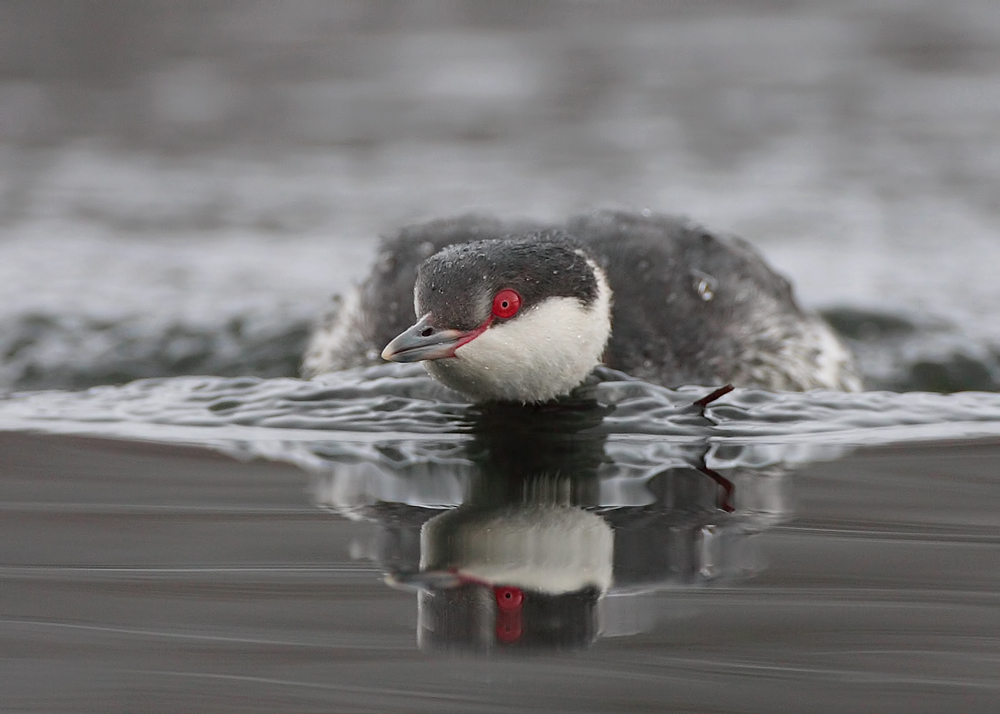
Slavonian Grebe, Littlebrook Lake, Kent (Photo: Mick Southcott)
Three Rough-legged Buzzard reports came from Norfolk during the week and a fourth was claimed in Nottinghamshire. The juvenile Northern Harrier was again noted at Tacumshin (Wexford) on 20th, with the five Cranes also still there. Further Cranes included flocks of seven at Clifton Pits (Worcs) from 20th and on Sheppey (Kent) on 22nd–23rd. Of the 20+ Great White Egrets seen, at least six continued at Dungeness (Kent), while the Cattle Egret remained in Donegal and the Glossy Ibis in Pembrokeshire.
It was a familiar story with the week's rare shorebirds: the Lesser Yellowlegs was still drifting about the Ernesettle (Devon) area throughout the week, while Long-billed Dowitchers extended their stays in Pembrokeshire and Wexford respectively. A Grey Phalarope was seen off Kinmel Bay (Conwy) on 20th.
The Bonaparte's Gull was still showing well on the Ogmore Estuary (Glamorgan) on 20th, although there have been no reports since. Sixteen Ring-billed Gulls included five British records: a new first-winter was photographed at Bude (Cornwall) on 21st, the two Shetland birds were still present and adults remained in West Yorkshire and Hampshire. The only new bird in Ireland was a first-winter in Donegal; counts of two came from Galway and Tralee (Kerry). There was a bit of an 'old-school' feel to the balance of white-winged gulls this week, with around 50 Glaucous Gulls outnumbering the 35 or so Icelands — so often in recent winters it has been the daintier cousin that has proved more numerous.
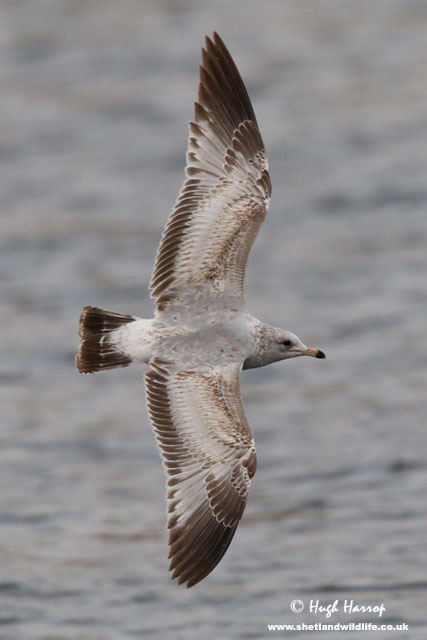
Ring-billed Gull, Scalloway, Mainland, Shetland (Photo: Hugh Harrop)
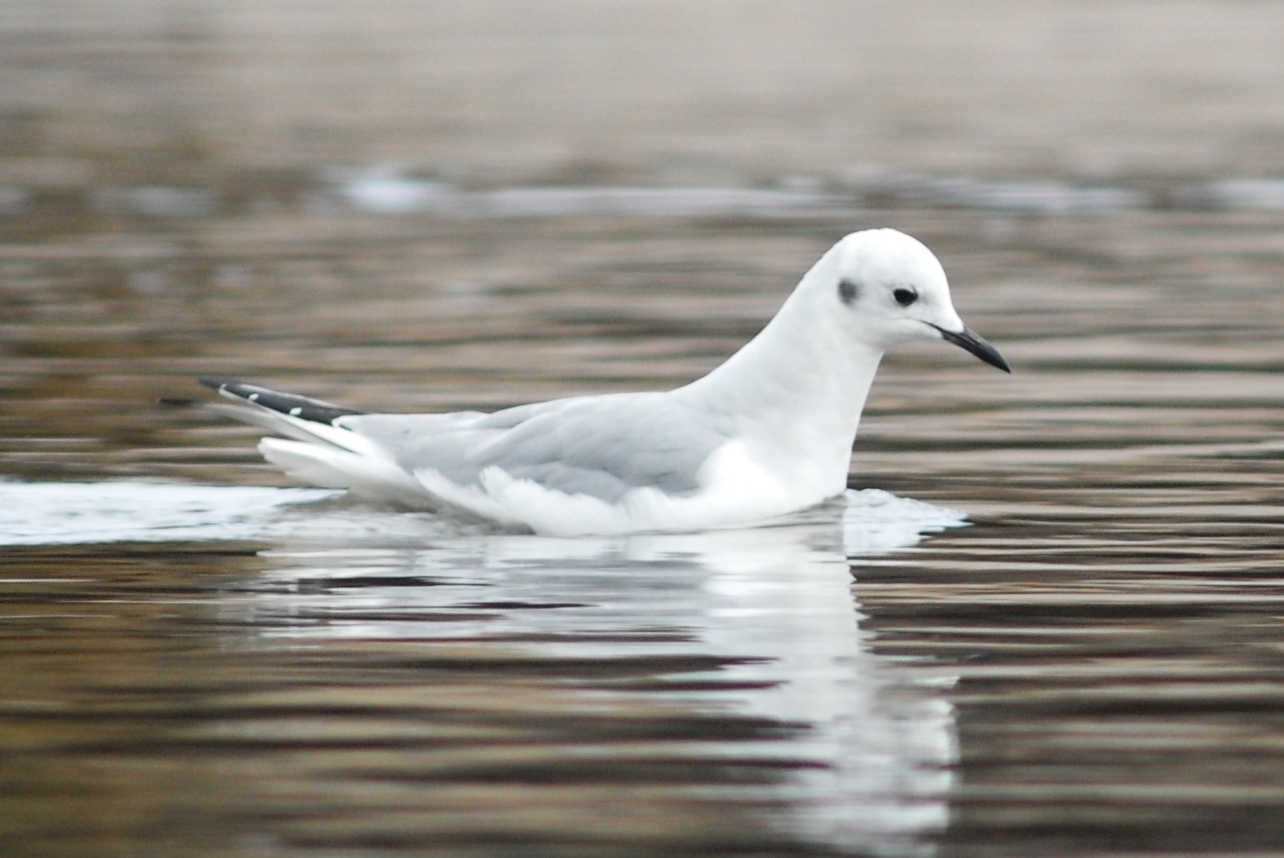
Bonaparte's Gull, Ogmore Estuary, Glamorgan (Photo: Peter Morgan)
The best new landbird was a Hoopoe found in Hamworthy (Dorset) on 23rd; presumably this critter had been quietly wintering undetected only to be displaced by the week's snowfall. Two Yellow-browed Warblers were seen at Gwennap sewage works (Cornwall) on 23rd; the Western Subalpine Warbler was still in the county at St. Just throughout and the Pallas's Warbler was still on the Berkshire/Hampshire border. An impressive 12 Siberian Chiffchaffs at Carnon Downs (Cornwall) on 21st included seven trapped and ringed, while three were confirmed at Ladywalk Nature Reserve (Warks).

Pallas's Warbler, Moor Green Lakes, Berkshire (Photo: Craig Storton)
The Richard's Pipit was last noted by the Yeo Estuary, Clevedon (Somerset) on 17th, but the female Desert Wheatear continued on the beach at Rattray Head (Aberdeenshire) throughout. The Black-bellied Dipper was still entertaining a procession of visitors to Thetford (Norfolk) all week and the Rose-coloured Starling was sporadically reported from Exminster (Devon). In what has been a poor winter for Great Grey Shrikes so far, just half-a-dozen were reported nationwide including one near Wick (Highland). That figure compares with around 30 at this time last year...
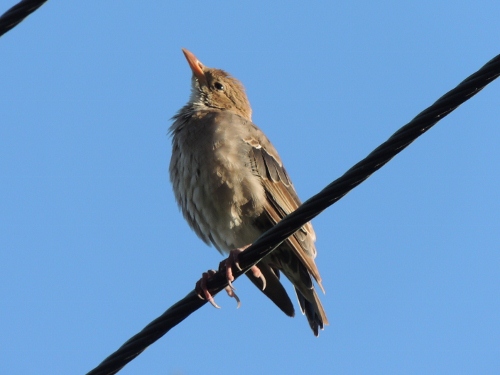
Rose-coloured Starling, Exminster, Devon (Photo: Andrew Grinter)
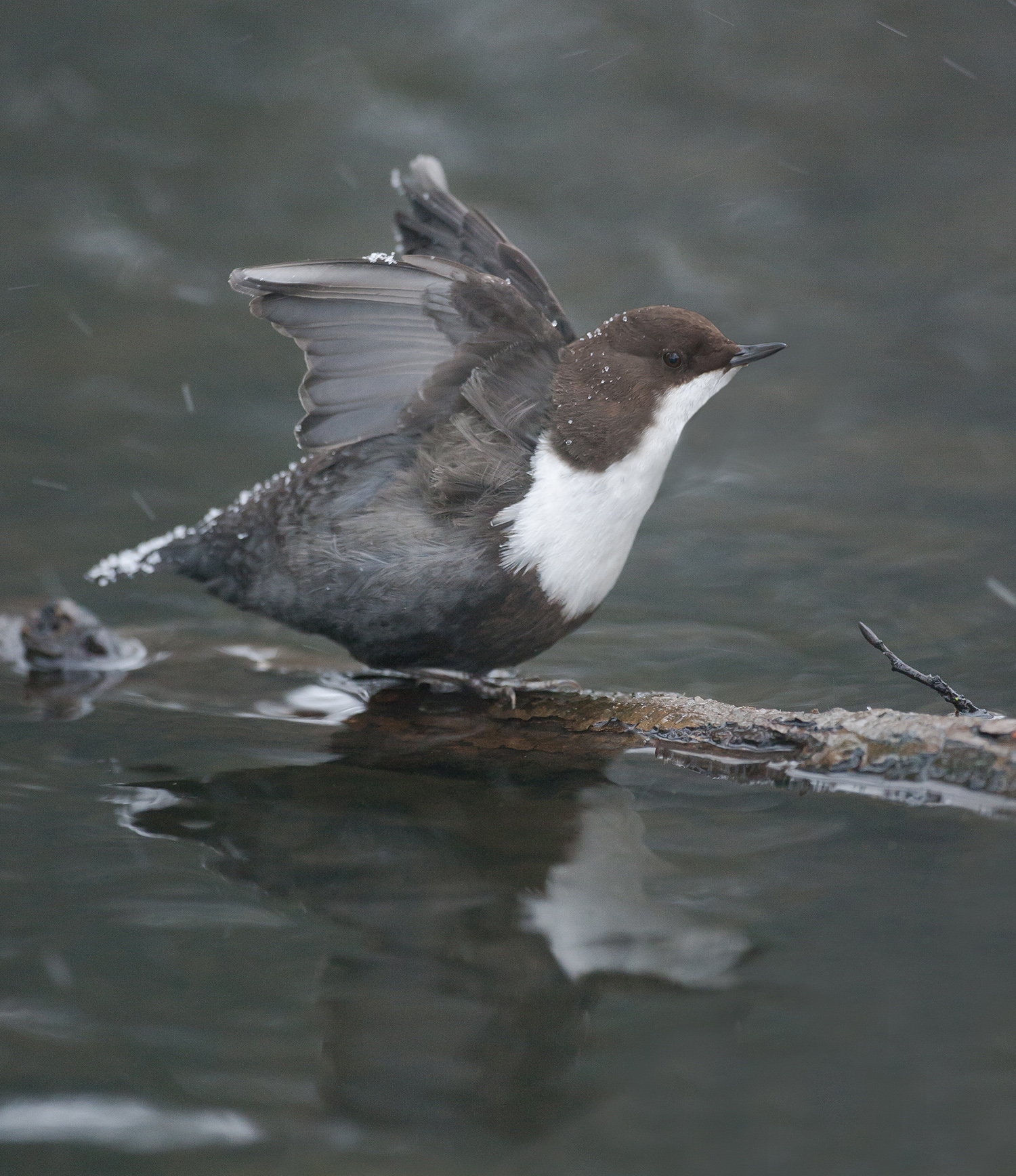
Black-bellied Dipper, Thetford, Norfolk (Photo: Kevin Du Rose)
Photo of the Week

Fieldfare, Fressingfield, Suffolk (Photo: Jon Evans)
We Brits are well known for our obsession with the weather, so an extended snowfall across most of the UK was always going to be the week's big story. In past years, such weather conditions have seen bird photographers generally staying at home but, this year, our photo uploads suggest many more see them as a great photo opportunity. The question is, how can such a big story be reflected in a bird photo? Experienced bird photographer Jon Evans had the answer. One of the most visible effects of the snow on the country's birds has been the mass movement of Fieldfares into more populated areas in search of food. As a result, we've had many excellent images of this species in snowy settings. The more extreme consequence, though, is that these birds are having to fight over the limited food that is available. Such fights are widespread but, especially with low midwinter light levels, are difficult to photograph. With a perfectly timed and framed shot, Jon captured the action as a pair of Fieldfares battled it out, bills locked and tails fanned. Action and story in one still image.
Other notable images

Lammergeier, Spain (Photo: Ashley Grove)

Bittern, Lee Valley CP, Hertfordshire (Photo: Sarah harris)

Chough, Bardsey Island, Gwynedd (Photo: Ben Porter)

Woodcock, Norway (Photo: Julian Bell)
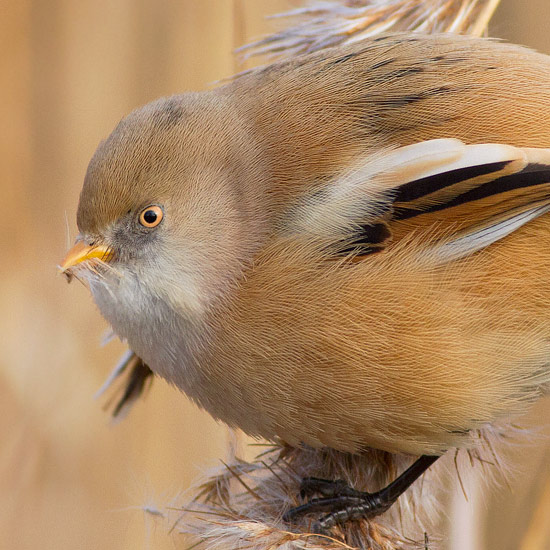
Bearded Tit, Hyde Park, Greater London (Photo: Josh Jones)

Brown Shrike, Sri Lanka (Photo: Sarala Gamage)

Goldfinch, undisclosed site, Staffordshire (Photo: Richard Stonier)

Blue Tit, Stoneleigh, Warwickshire (Photo: Darran Rickards)

Knot, Hoylake, Cheshire (Photo: Matt Thomas)

Sparrowhawk, Laurieston, Dumfries & Galloway (Photo: Alan McFadyen)

Buzzard, Venus Pool NR, Shropshire (Photo: Jim Almond)

Yellowhammer, Llandrindod Wells, Powys (Photo: Kev Joynes)

Trumpeter Finch, Canary Islands (Photo: Brian Harrison)


